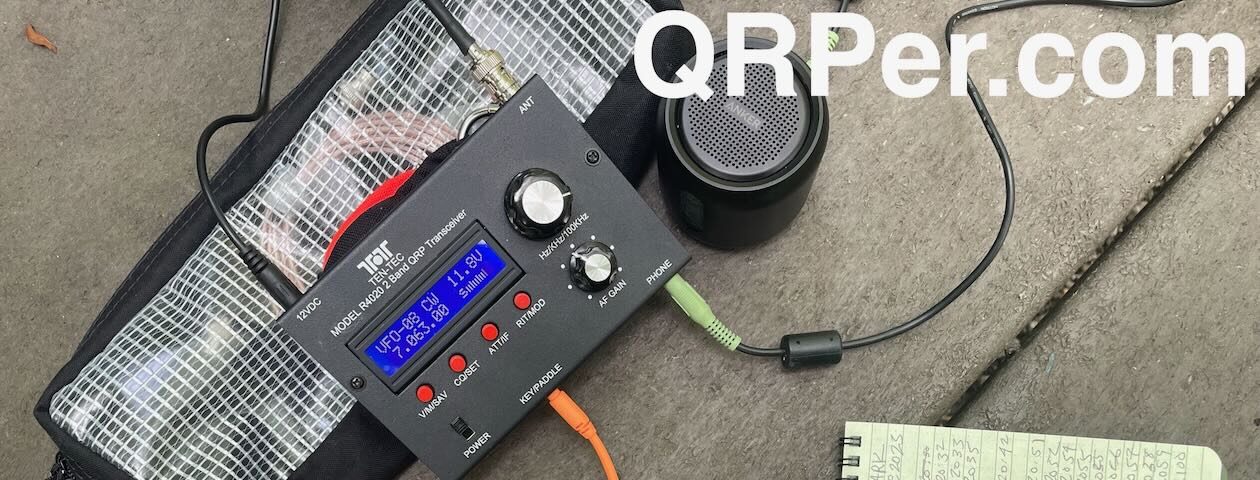by Thomas (DM1TBE)
As I mentioned in my recent activation report, I was very impressed with the SOTAbeams Bandhopper III antenna and was eager to test it again. While browsing through the maps of WWFF, SOTA, and POTA, I stumbled upon a new, unactivated POTA park that was not too far from my location – the Bucher Stausee Recreation Site (DA-0414). In the immediate vicinity of the new park, there are several archaeological sites containing the ruins of approximately 2000-year-old Roman buildings.
If you are not interested in the history part, just skip to the Activation section.
The world in Europe was relatively straightforward after 0 AD. From a political, military, and economic standpoint, there was the Roman Empire and then there was everything else.
The following map illustrates the Roman Empire at its greatest extent and the location of the Roman province of Raetia, which encompasses present-day southern Germany and parts of Switzerland and Austria—the very region where I live and where the park is located. This region shared borders with the former territories of Germanic tribes.

To the northeast, a wall called the “Limes” was constructed to separate from the unconquered territory of Germanic tribes. The Limes was a fortified border system of the Roman Empire, primarily constructed during the 1st and 2nd centuries AD. It served as a defensive line, marking the outer boundary of the Roman territories.
Interestingly, the Limes passed nearly through the POTA activation zone, adding a historical significance to the area.
One, maybe the main reason why the Roman Empire ceased further conquests in Germania and constructed defensive positions was the Battle of Teutoburg Forest.
The Battle of Teutoburg Forest, occurring in 9 AD, was a significant event in the Roman history. It resulted in a major defeat for the Roman Empire against an alliance of Germanic tribes led by Arminius. The battle led to the loss of three Roman legions, which constituted approximately an eighth of the entire Roman army. This defeat served as a turning point, prompting the Romans to recognize the challenges of conquering Germanic territories and shifting their strategy towards defense by constructing fortifications like the Limes.
Therefore, my journey began by visiting the ruins of a Castra, a Roman fort. The fort housed an infantry unit with a cavalry attachment, consisting of around 500 soldiers. The fort and neighboring civilian structures were eventually abandoned around 260 AD with the withdrawal of the Romans from this region.
The fort had a size of 140 m x 150 m / 460 ft x 490 ft. On an information panel, a reconstruction is displayed.
I walked around the perimeter and thought about the histories that this place could be telling me. Then I proceeded to visit the civilian structures. Continue reading Exploring History and POTA: My Second SOTAbeams Bandhopper III Adventure







